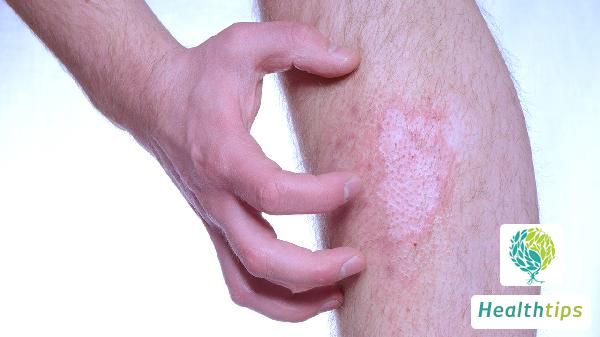"What Constitutes the Standard Level of Cleanliness for Gynecological Examinations?"
Importance of Vaginal Discharge Examination in Gynecological Checkups

Gynecological exams inevitably include an assessment of vaginal discharge. Many gynecological conditions manifest through abnormal vaginal discharge. The presence of inflammation in the vagina is primarily determined by the cleanliness of the discharge. When the cleanliness reaches grade three or above, it indicates an increase in bacterial counts in the vagina, necessitating further examination and treatment based on the condition. Conversely, grades one and two signify normal discharge and a healthy vaginal environment, which correlates with a relatively lower incidence of gynecological diseases.
What is the Normal Cleanliness Grade for Vaginal Discharge in Gynecological Exams?
Normally, the cleanliness of vaginal discharge is graded as one or two. At these grades, there is a higher number of lactobacilli in the vagina, which inhibit bacterial growth. The numbers of pyocytes and leukocytes remain below 15, and cocci are relatively few. This indicator is considered normal and serves as a standard for judging the cleanliness of vaginal discharge. If the result shows a cleanliness grade of three or four, it might indicate inflammation, such as vaginitis or cervicitis. Detailed examination is recommended to identify the underlying cause and initiate appropriate treatment. If a woman does not exhibit other symptoms, treatment may not be necessary. Doctors may prescribe a wash for external use or recommend washing with warm water to maintain the cleanliness and dryness of underwear. In severe cases, medication is required. During treatment, sexual intercourse should be avoided to prevent cross-infection. A healthy diet without spicy or stimulating foods is recommended, along with smoking and alcohol cessation, good habits, and regular routines. Follow-up exams should be conducted after improvement until full recovery.
Classification of Vaginal Cleanliness in Routine Vaginal Discharge Examination
Vaginal cleanliness is classified into four grades (I, II, III, and IV) based on the examination of lactobacilli, epithelial cells, and the presence of special pyocytes and miscellaneous bacteria. Generally, grades I and II are considered normal, while grades III and IV indicate abnormal vaginal discharge. The amine test is also an essential examination. A positive reaction enables corresponding diagnoses. Examinations for mold and trichomoniasis aim to identify the type of vaginitis. A "+" on the test report indicates infection with trichomonas or mold. Additionally, clue cell examination, a direct method for detecting bacterial vaginosis, is performed.
Is Grade II Normal for Routine Vaginal Discharge Cleanliness?
At grade II, the cleanliness of vaginal discharge is within the normal range. The smear shows a moderate number of lactobacilli and epithelial cells, with a small amount of other bacteria and approximately 10-15 leukocytes. This excludes the possibility of inflammation and should not be a cause for concern. Typically, grades one and two for vaginal discharge cleanliness are considered normal. However, grades three and four require attention as they indicate inflammation or infection in the vagina, such as trichomoniasis, mycotic vaginitis, or gonorrhea, which require prompt treatment.



















